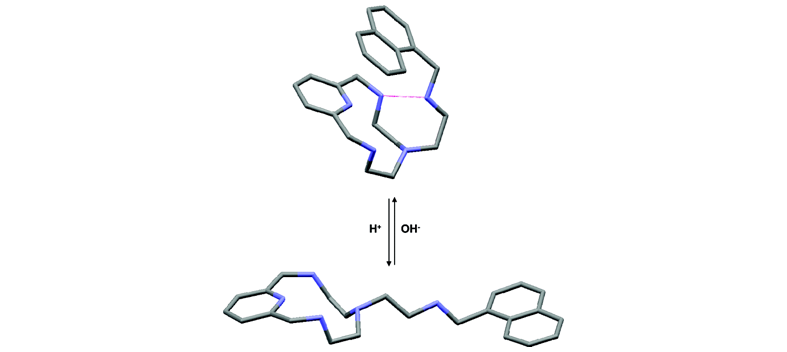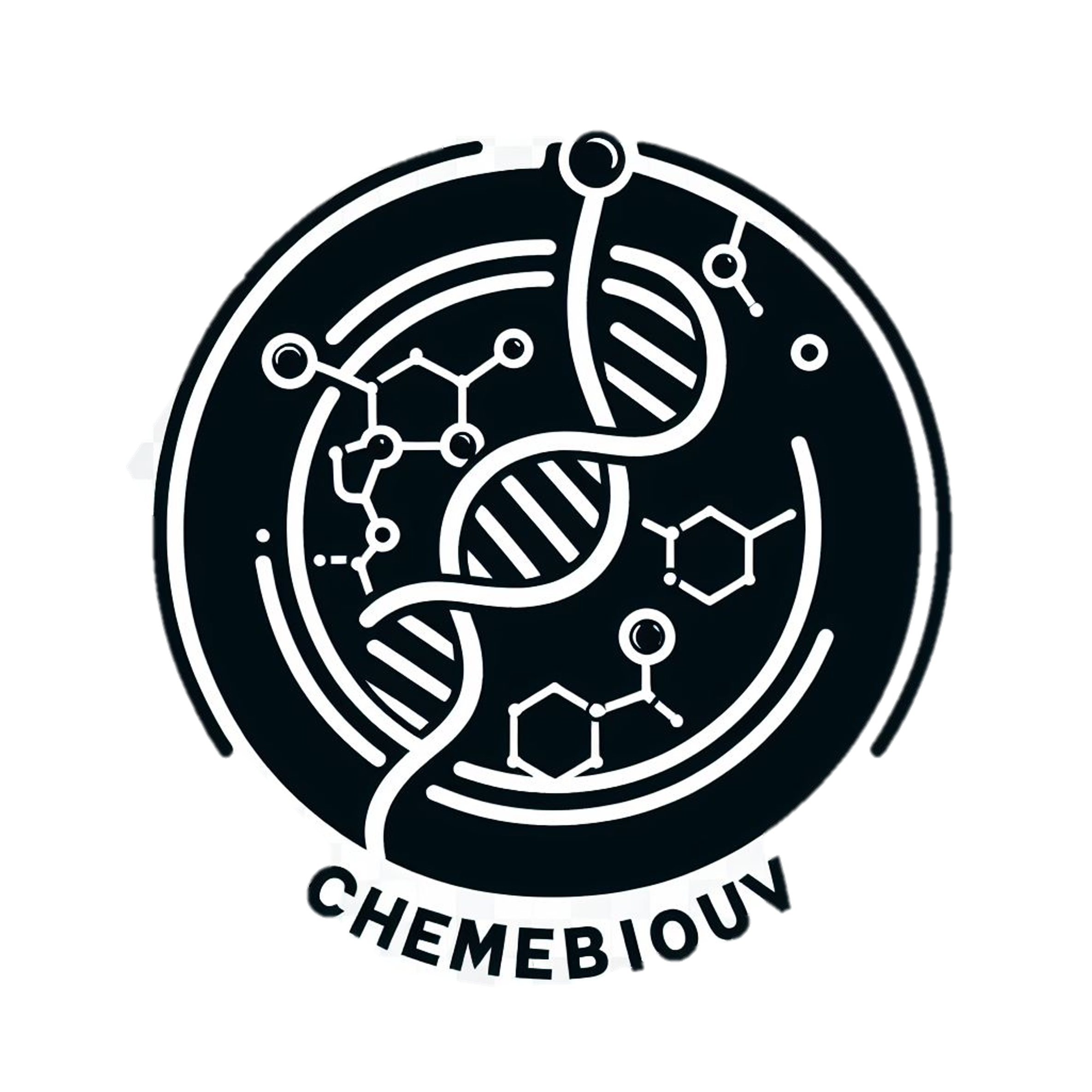2024
53. How reliable is the evaluation of DNA binding constants? Insights and best practices based on an inter-laboratory fluorescence titration study. Spectrochimica Acta Part A: Molecular and Biomolecular Spectroscopy. 2025.
DOI: 10.1016/j.saa.2024.125354
Type of production: Scientific paper. Format: Journal.
Impact source: SCOPUS Impact index in year of publication: 4.3
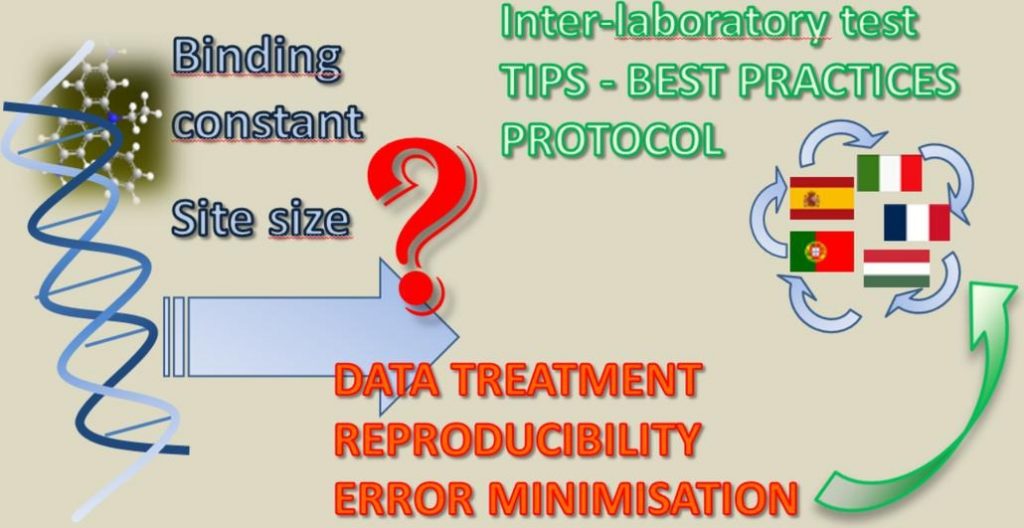
52. Acidic Lysosome-Anchoring Croconium-Based Nanoplatform for Enhanced
Triple-Mode Bioimaging and Fe3+-Triggered Tumor Synergistic Therapy. ACS Applied Materials and Interfaces. 16 – 35, American Chemical
Society, 2024.
DOI: 10.1021/acsami.4c09587
Type of production: Scientific paper. Format: Journal.
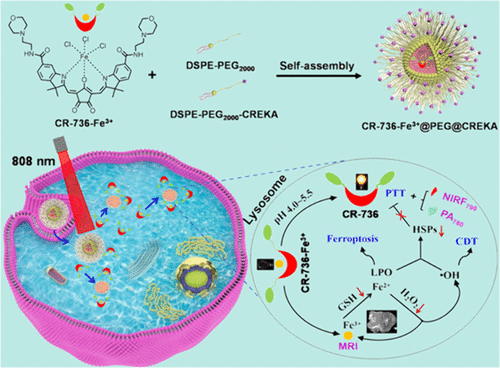
51. Golden Guardians: Advanced pH Sensors with Built‐in Antimicrobial Defense. Advanced Optical Materials. 12 – 30, pp. 2400472. Wiley, 2024.
DOI: 10.1002/adom.202400472
Type of production: Scientific paper. Format: Journal
Corresponding author: Yes
Impact source: SCOPUS. Impact index in year of publication: 8.4

50. Two rhenium compounds with benzimidazole ligands: synthesis and DNA
interactions. RSC Advances. Royal Society of Chemistry, 2024.
DOI: 10.1039/D4RA02669A
Type of production: Scientific paper. Format: Journal
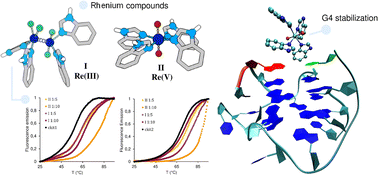
2023
49. Development and application of metallo-phthalocyanines as potent G-quadruplex DNA binders and photosensitizers. JBIC Journal of Biological Inorganic Chemistry, 2023. 28, 495-507.
DOI: 10.1007/s00775-023-02003-3
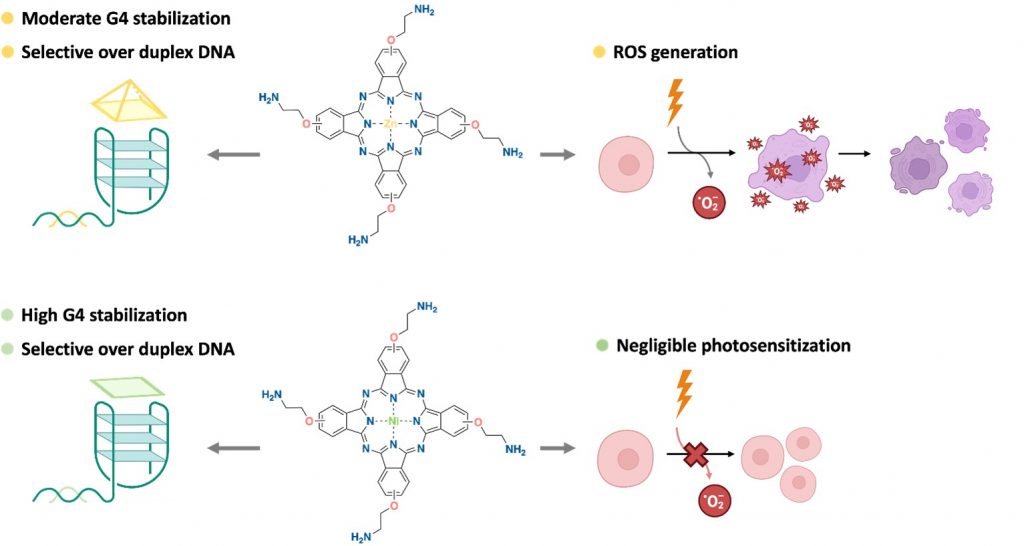
48. G4-QuadScreen: A Computational Tool for Identifying Multi-Target-Directed Anticancer Leads against G-Quadruplex DNA. Cancers, 2023, 15, 3817.
DOI: 10.3390/cancers15153817
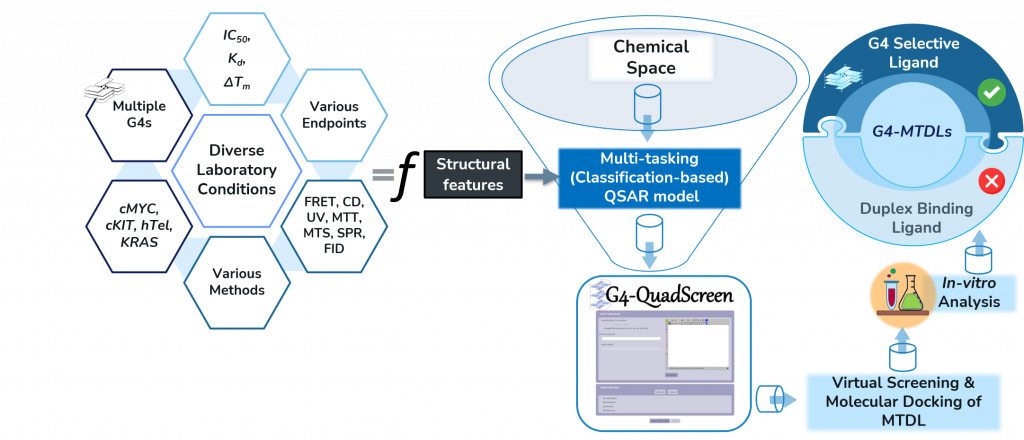
47. Impact of the Zinc complexation of polytopic polyaza ligands on the interaction with double and single stranded DNA/RNA and antimicrobial activity. Dalton Transactions, 2023, 52, 5478-5485.
DOI: 10.1039/D3DT00395G
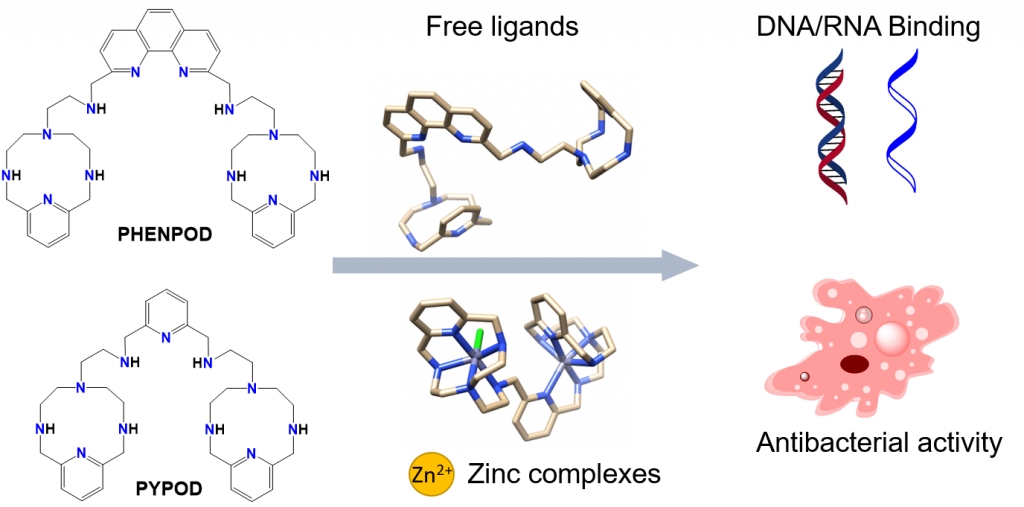
46. Development of potent tripodal G-quadruplex DNA binders and their efficient delivery to cancer cells by aptamer functionalised liposomes. Organic & Biomolecular Chemistry, 2023, 21, 1000-1007.
DOI:10.1039/D2OB01911F
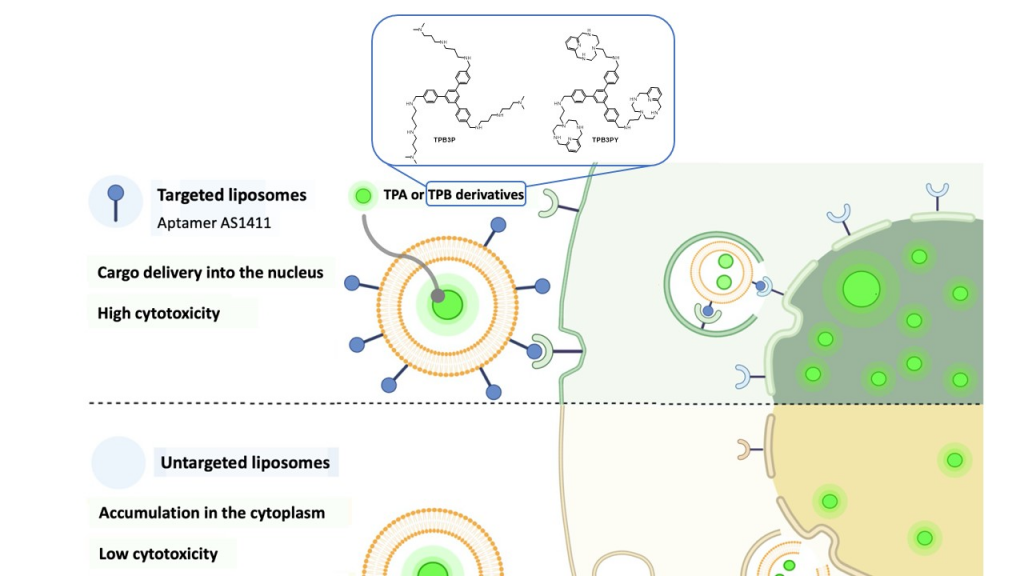
45. Identification of Aryl Polyamines Derivatives as Anti-Trypanosoma cruzi Agents Targeting Iron Superoxide Dismutase. Pharmaceutics, 2023, 15, 140.
DOI: 10.3390/pharmaceutics15010140
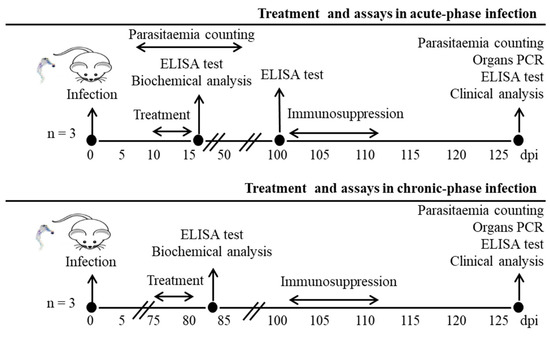
44. Modulating the G-Quadruplex and Duplex DNA Binding by Controlling the Charge of Fluorescent Molecules. Chemistry A European Journal, 2023, 29, e202203094.
DOI:10.1002/chem.202203094

2022
43. Beyond the double helix: structure of DNA G-quadruplexes. Metode Science Studies Journal, 2022, 12, 6-13.
DOI:10.7203/metode.12.16505
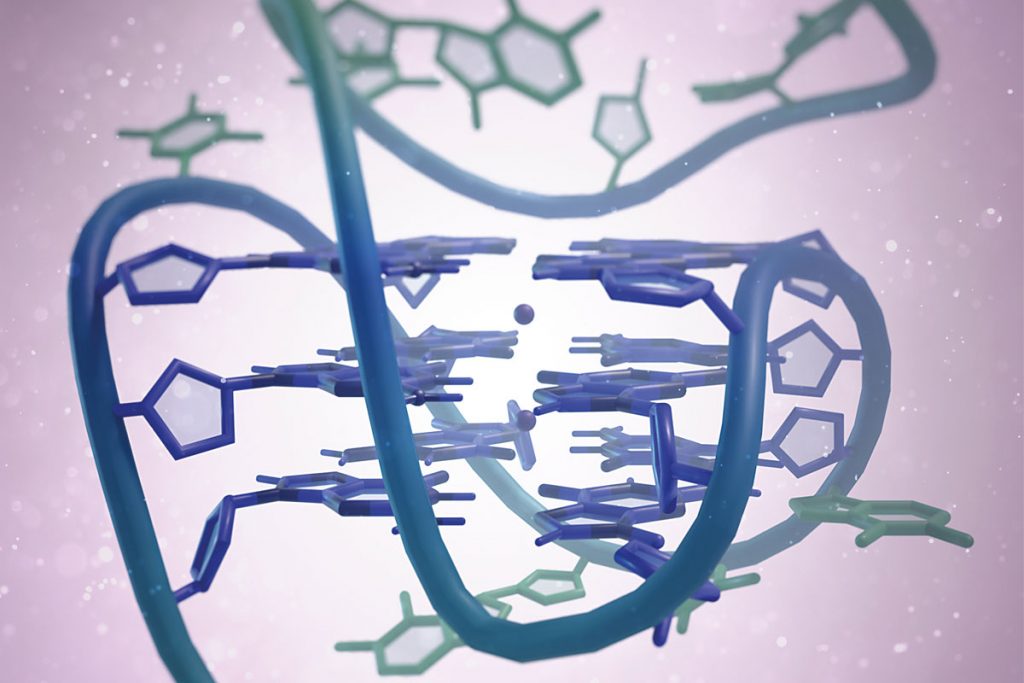
2021
42. Alkaloids as Photosensitisers for the Inactivation of Bacteria. Antibiotics, 2021, 10(12), 1505.
DOI:10.3390/antibiotics10121505
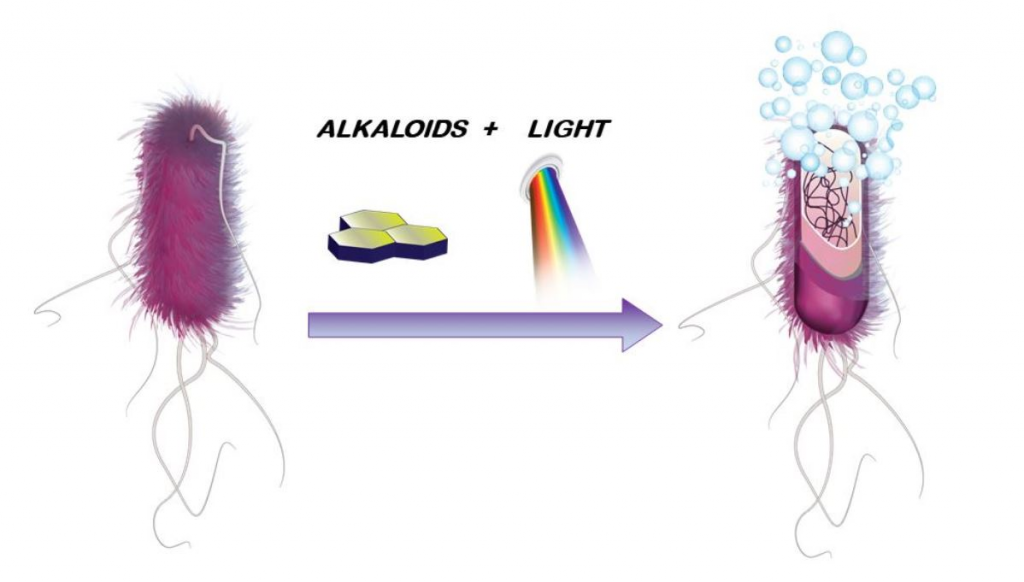
41. Initial Biological Assessment of Upconversion Nanohybrids. Biomedicines, 2021, 9(10), 1419.
DOI:10.3390/biomedicines9101419
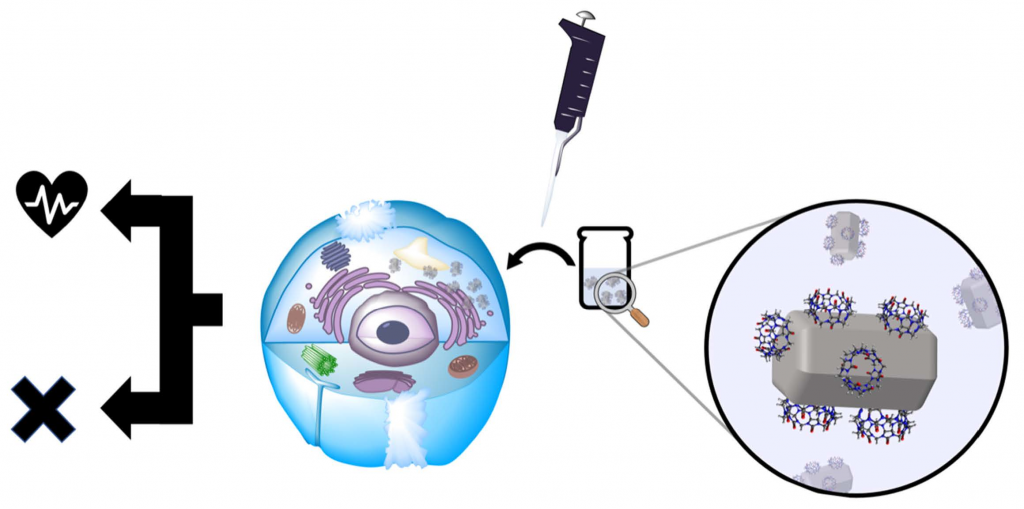
40. Més enllà de la doble hélix. L’estructura G-quàdruplex de l’ADN. Mètode, 2021.
DOI:10.7203/metode.12.16505
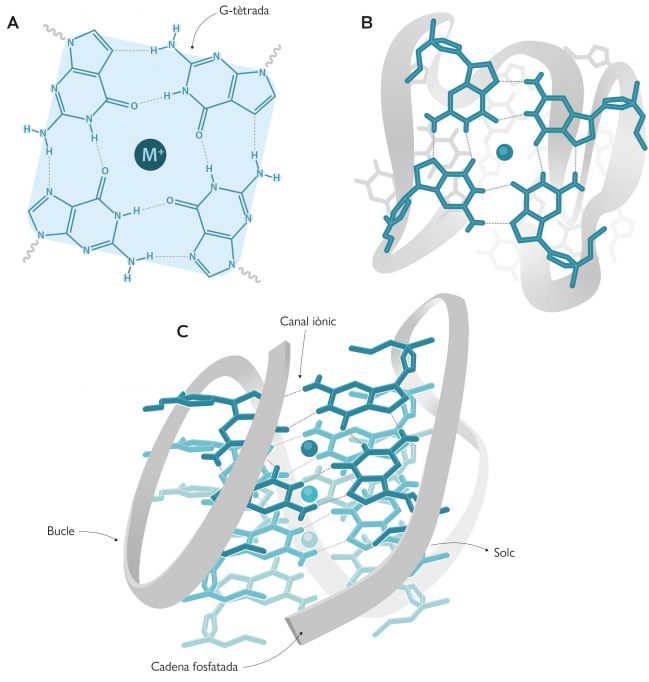
39. Ditopic Aza-Scorpiand Ligands Interact Selectively with ds-RNA and Modulate the Interaction upon Formation of Zn2+ Complexes. Molecules, 2021, 26(13), 3957.
DOI:10.3390/molecules26133957
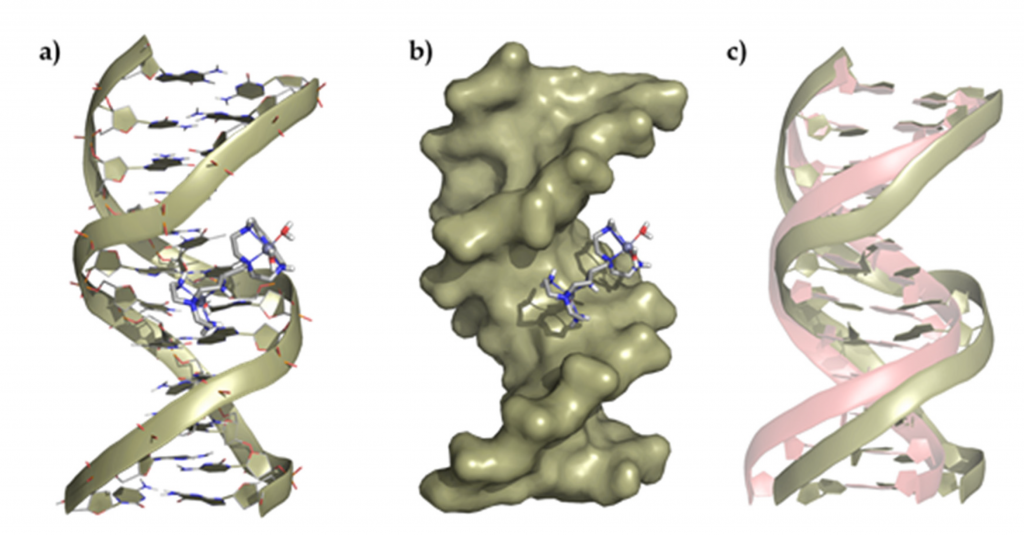
38. Visualising G-quadruplex DNA dynamics in live cells by fluorescence lifetime imaging microscopy. Nature Communications, 2021, 12, 162.
DOI: 10.1038/s41467-020-20414-7
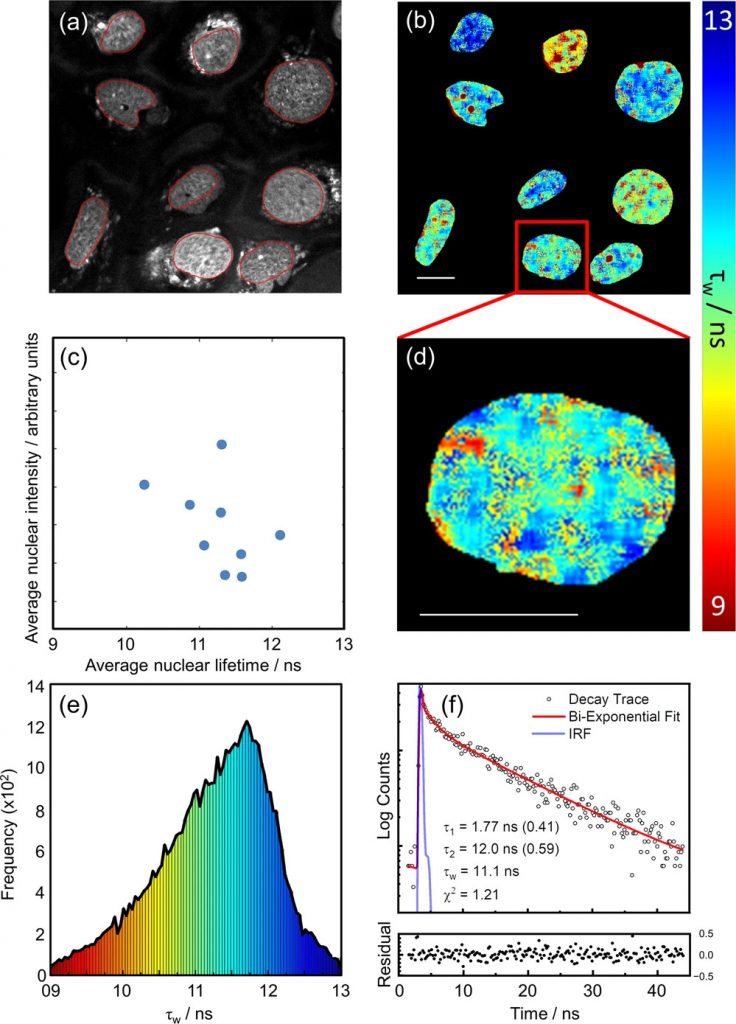
2020
37. Visualising G-quadruplex DNA dynamics in live cells by fluorescence lifetime imaging microscopy. bioRxiv, 2020.
DOI: 10.1101/2020.04.01.019794
36. Toward a Rational Design of Polyamine-Based Zinc-Chelating Agents for Cancer Therapies. Journal of Medicinal Chemistry, 2020, 63, 1199-1215.
DOI: 10.1021/acs.jmedchem.9b01554
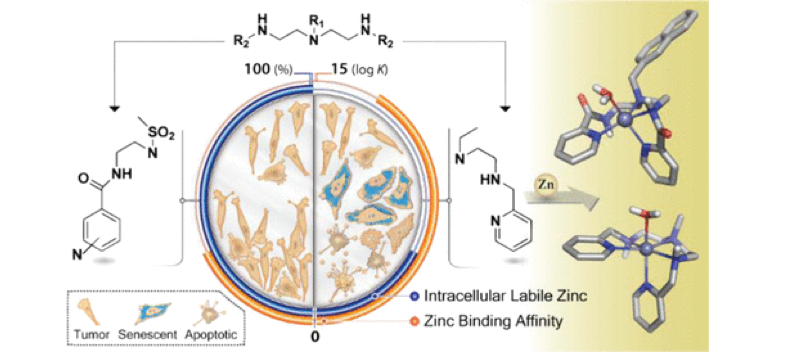
35. Development of polyamine substituted triphenylamine ligands with high affinity and selectivity for G‐quadruplex DNA. ChemBioChem, 2019, 21, 1167-1177.
DOI: 10.1002/cbic.201900678
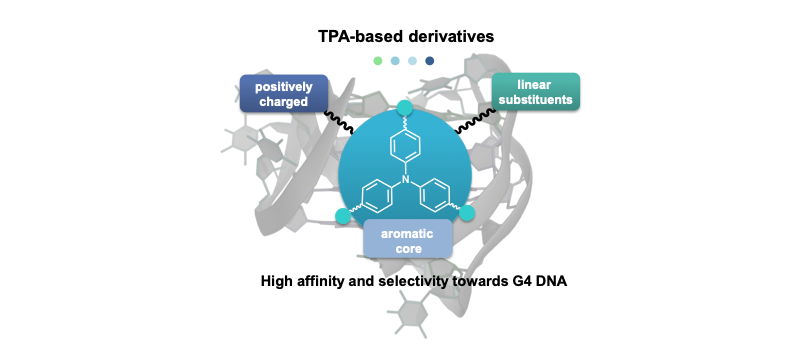
2019
34. Nanoscale tweezers for single-cell biopsies. Nature Nanotechnology, 2019, 14, 80-88.
DOI: 10.1038/s41565-018-0315-8
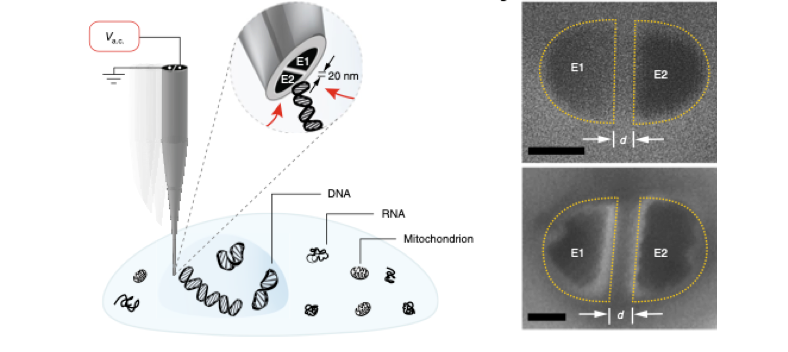
33. Book Chapter in Supramolecular Chemistry in Water I. Pont, C. Galiana-Rosello, A. Lopera, J. González-García & E. García-España; Wiley-VCH (2019), 117-164. ISBN: 978-3-527-34467-3
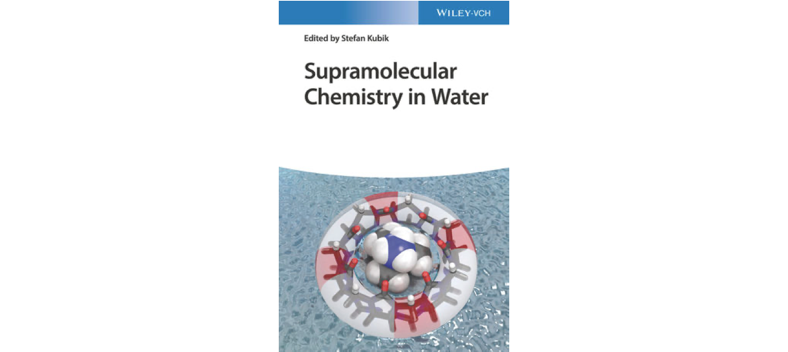
32. Acid–base behaviour and binding to double stranded DNA/RNA of benzo[g]phthalazine-based ligands. New Journal of Chemistry, 2019, 42, 700-708.
DOI: 10.1039/C8NJ05039B
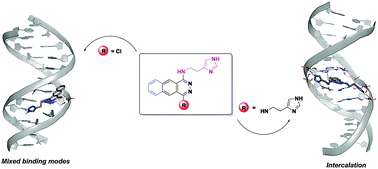
31. Novel cationic bis(acylhydrazones) as modulators of Epstein–Barr virus immune evasion acting through disruption of interaction between nucleolin and G-quadruplexes of EBNA1 mRNA. European Journal of Medicinal Chemistry, 2019, 178, 13-29.
DOI: 10.1016/j.ejmech.2019.05.042
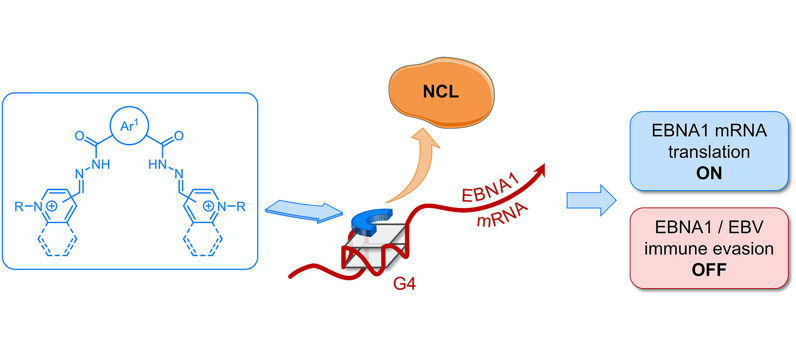
2018
30. Progress in Antiparasitic Drug Discovery: From the Laboratory Bench to the Collaborative Initiatives Progress in Antiparasitic Drug Discovery. Current Topics of Medicinal Chemistry, 2018, 18, 2199-2200.
DOI: 10.2174/156802661826190124115834
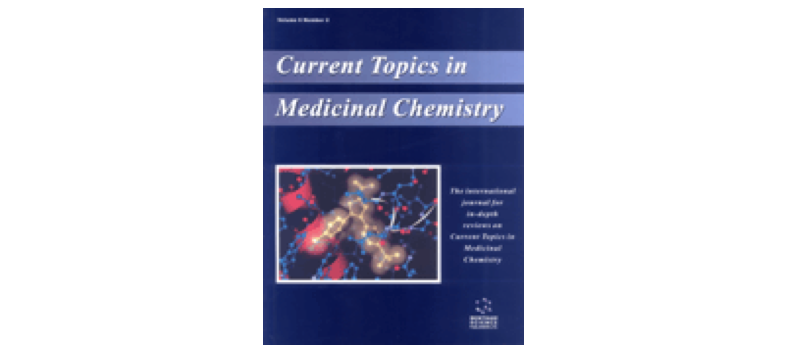
29. Binding studies of metal‐salphen and metal‐bipyridine complexes towards G‐quadruplex DNA. Chemistry A European Journal, 2018, 24, 11785-11794.
DOI: 10.1002/chem.201802248
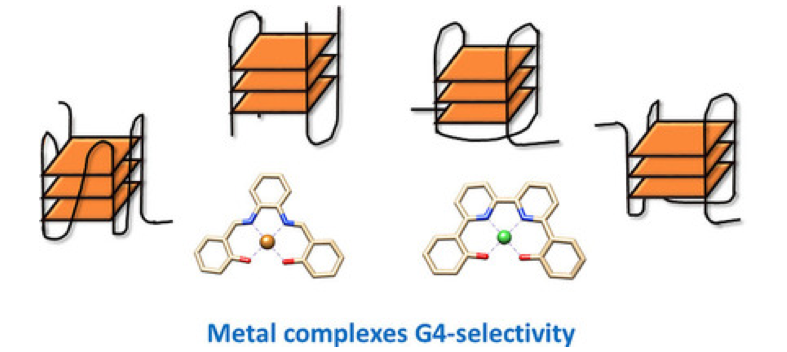
28. Aza-macrocyclic Triphenylamine Ligands for G-Quadruplex Recognition. Chemistry – A European Journal, 2018, 24, 10850–10858.
DOI: 10.1002/chem.201802077
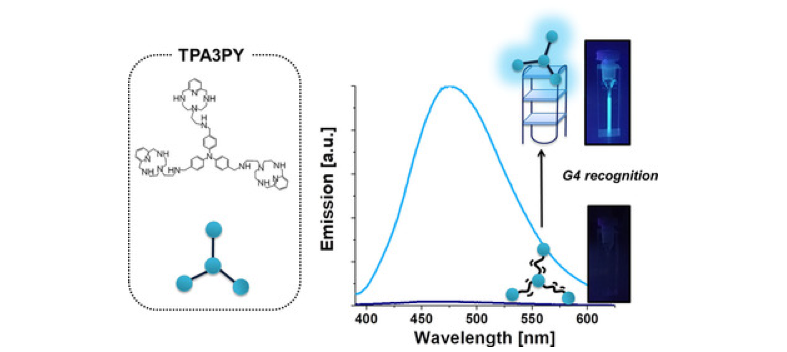
27. A Redox-Activated G-Quadruplex DNA Binder Based on a Platinum(IV)–Salphen Complex. Angewandte Chemie Int. Ed., 2018, 57, 310-313.
DOI: 10.1002/anie.201709968
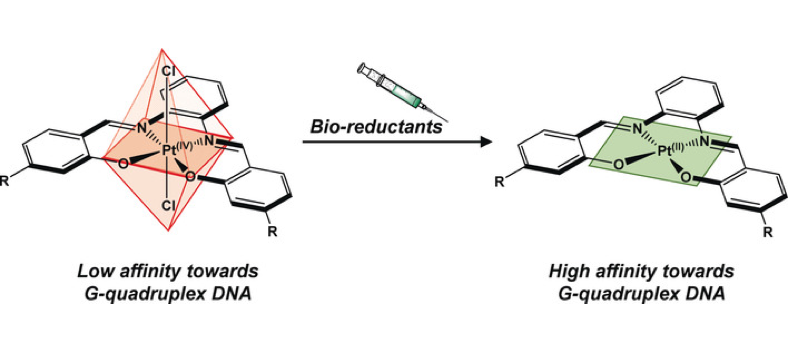
26. Specific and highly efficient condensation of GC and IC DNA by polyaza pyridinophane derivatives. International Journal of Biological Macromolecules, 2018, 109, 143-151.
DOI: 10.1016/j.ijbiomac.2017.11.156
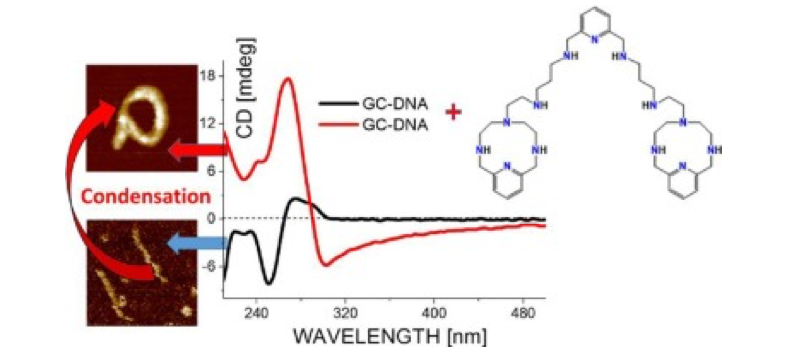
2017
25. Dinickel-salphen complex as selective binder of human telomeric dimeric G-quadruplex. Chemistry A European Journal, 2017, 23, 4713-4722.
DOI: 10.1002/chem.201700276
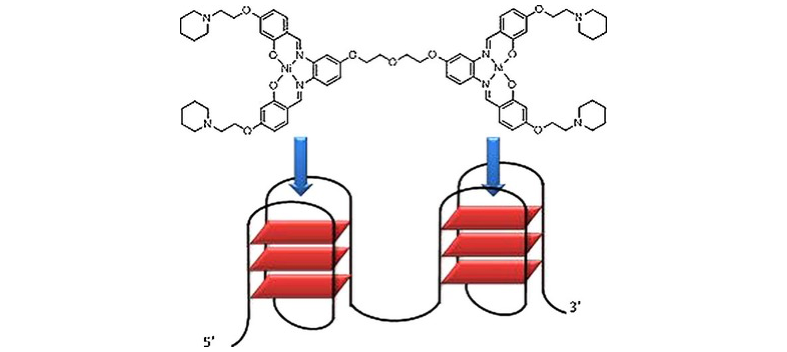
24. “Supramolecular Principles for Small Molecule Binding to DNA structures. Book chapter in Comprehensive Supramolecular Chemistry II”. Elsevier, 2017, 39-70.
DOI: 10.1016/B978-0-12-409547-2.12549-1
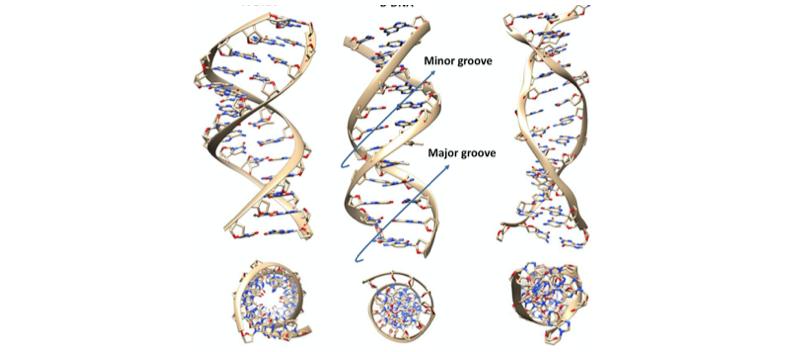
2016
23. NMR Structure of a Triangulenium‐Based Long‐Lived Fluorescence Probe Bound to a G‐Quadruplex. Angewandte Chemie Int. Ed., 2016, 55, 12508-12511.
DOI: 10.1002/anie.201606877
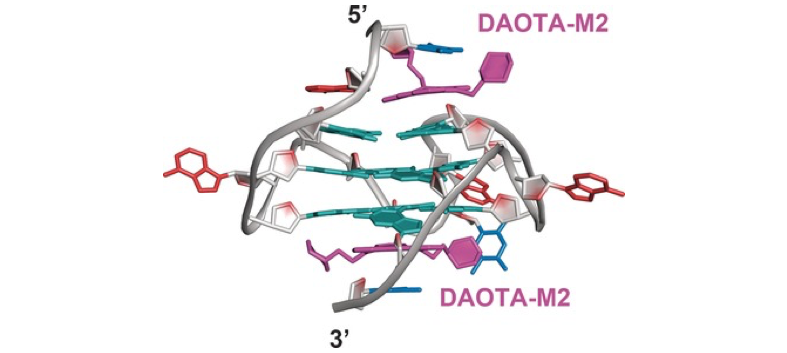
22. Oxidative stress protection by manganese complexes of tail-tied aza-scorpiand ligands. Journal of Inorganic Biochemistry, 2016, 163, 230-239.
DOI: 10.1016/j.jinorgbio.2016.04.020
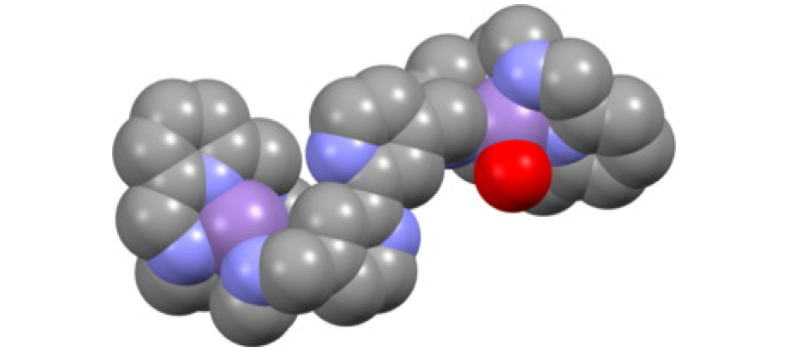
21. Anthracene-terpyridine metal complexes as new G-quadruplex DNA binders. Journal of Inorganic Biochemistry, 2016, 160, 275-286.
DOI: 10.1016/j.jinorgbio.2016.04.002
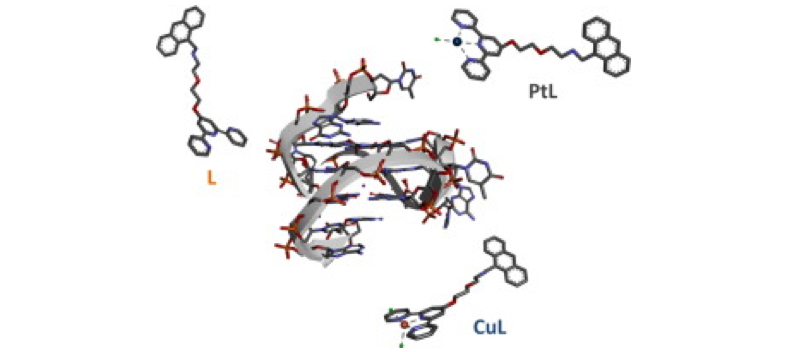
20. In vitro antilehismanial activity of aza-scorpiand macrocycles. Inhibition of the antioxidant enzyme iron superoxide dismutase. RSC Advances, 2016, 6, 17446-17455.
DOI: 10.1039/C5RA21262F
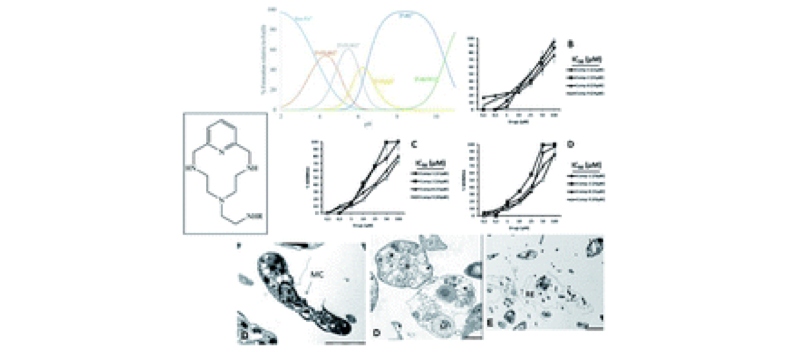
2015
19. Aryl-bis-(scorpiand)-aza receptors differentiate between nucleotide monophosphates by a combination of aromatic, hydrogen bond and electrostatic interactions. Organic & Biomolecular Chemistry, 2015, 13, 1732-1740.
DOI: 10.1039/C4OB02084G
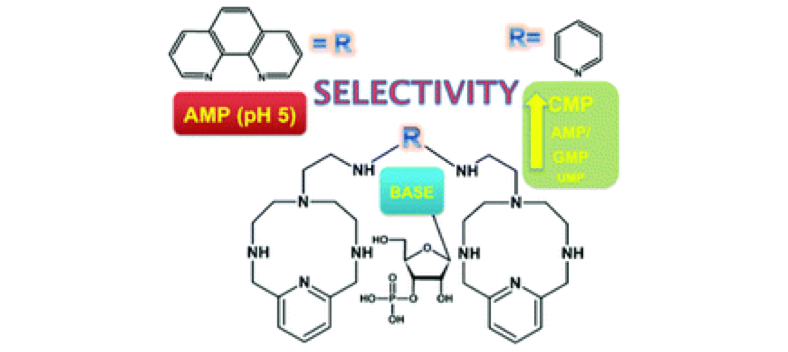
18. Correlation between the molecular structure and the kinetics of decomposition of azamacrocyclic copper(II) complexes. Dalton Transactions, 2015, 44, 8255-8266.
DOI: 10.1039/C5DT00408J
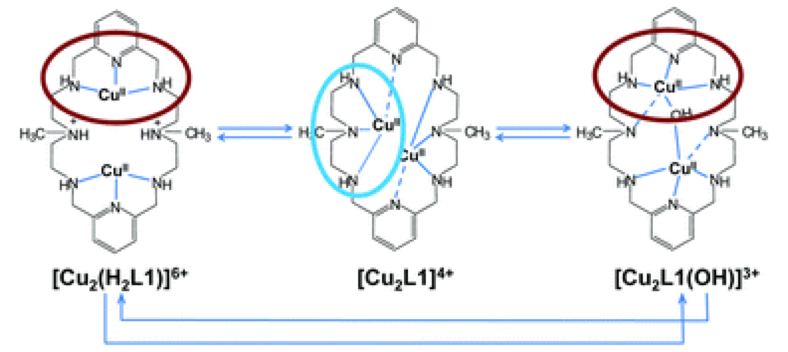
2014
17. Revealing interactions between polyaza pyridinophane compounds and DNA/RNA polynucleotides by SERS spectroscopy. Journal of Raman Spectroscopy, 2014, 45, 863-873.
DOI: 10.1002/jrs.4564
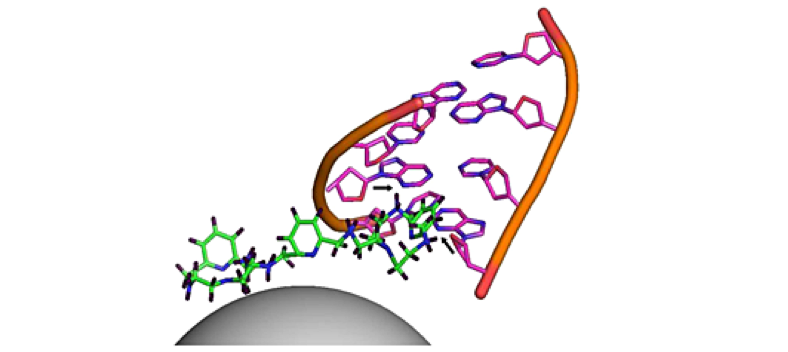
16. Synthetic single and double aza-scorpiand macrocycles acting as inhibitors of the antioxidant enzymes iron superoxide dismutase and trypanothione reductase in Trypanosoma cruzi with promising results in a murine model. RSC Advances, 2014, 4, 65108-65120.
DOI: 10.1039/C4RA09866H
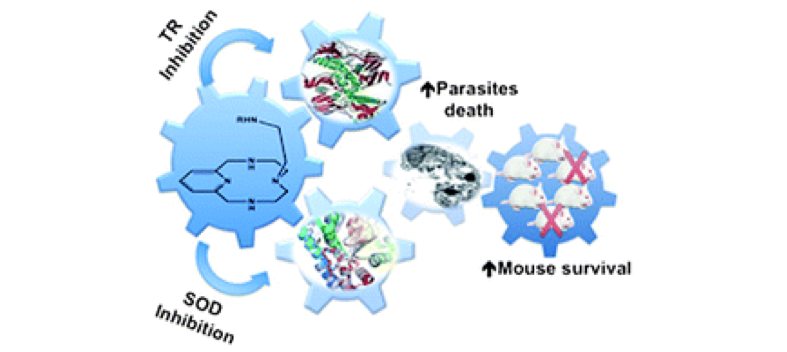
15. M—H–C interaction – Agostic or not: A comparison of phenyl- versus pyridyl-bridged transition metal dimers. Inorganic Chimica Acta, 2014, 417, 287-293.
DOI: 10.1016/j.ica.2014.01.011
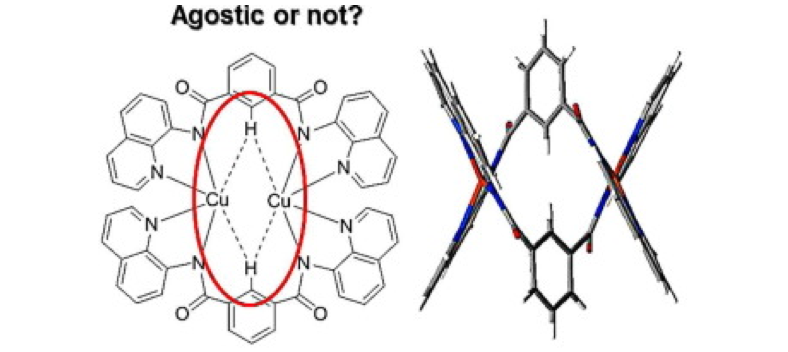
14. Protonation, coordination chemistry, cyanometallate «supercomplex» formation and fluorescence chemosensing properties of a bis(2,2′-bipyridino)cyclophane receptor. Dalton Transactions, 2014, 43, 2437-2447.
DOI: 10.1039/C3DT52061G
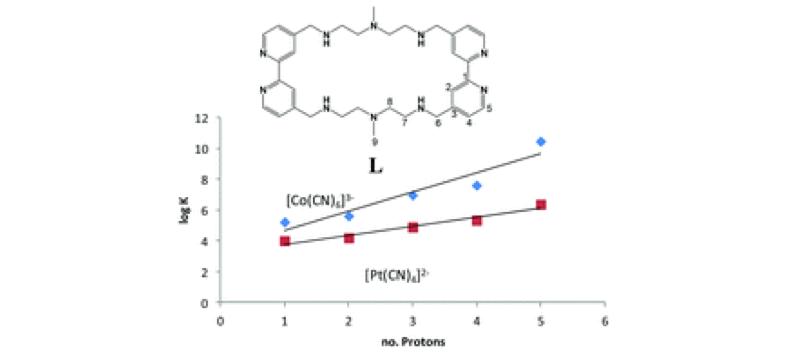
2013
13. The size of aryl linker between two cyclic amine moieties controls the binding selectivity to ds-RNA vs ds-DNA. Organic and Biomolecular Chemistry, 2013, 11, 2154-2161.
DOI: 10.1039/C3OB00032J
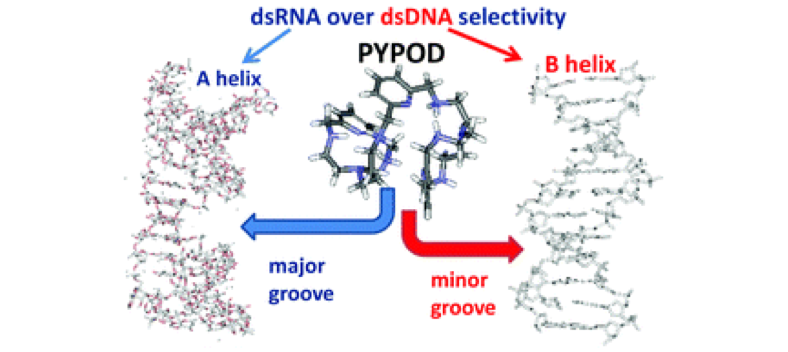
12. Equilibrium and kinetic studies on complex formation and decomposition and the movement of Cu2+ metal ions within polytopic receptors. Dalton Transactions, 2013, 42, 6131-6141.
DOI: 10.1039/C3DT32220C
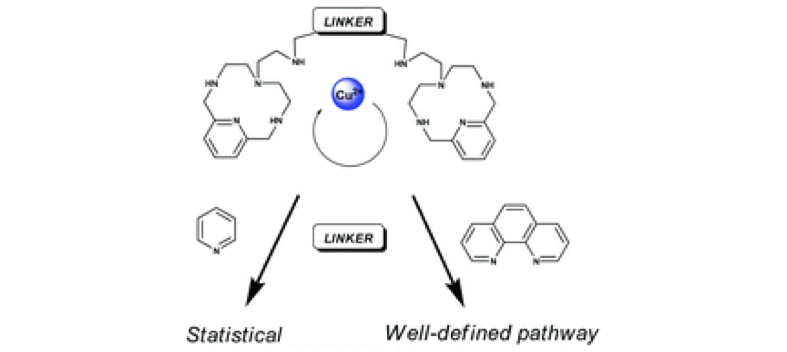
11. Chloride, carboxylate and carbonate transport by ortho-phenylenediamine-based bisureas. Chemical Science, 2013, 4, 103-117.
DOI: 10.1039/C2SC21112B
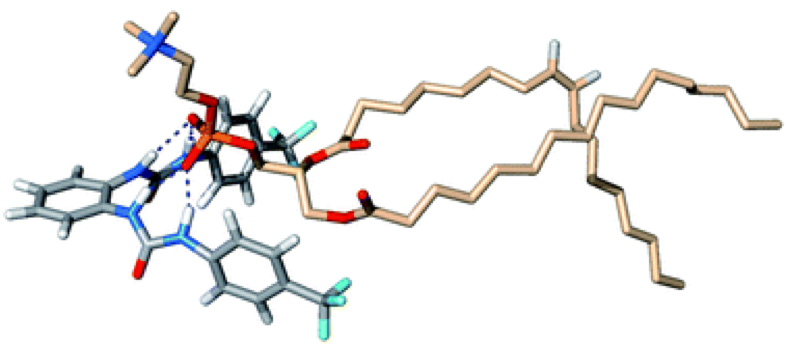
10. Movement of Cu2+ metal ions within a polytopic double tail-tied scorpiand-type receptor by equilibrium and kinetic studies. La Chimica e l’Industria, 2013, 95, 94.
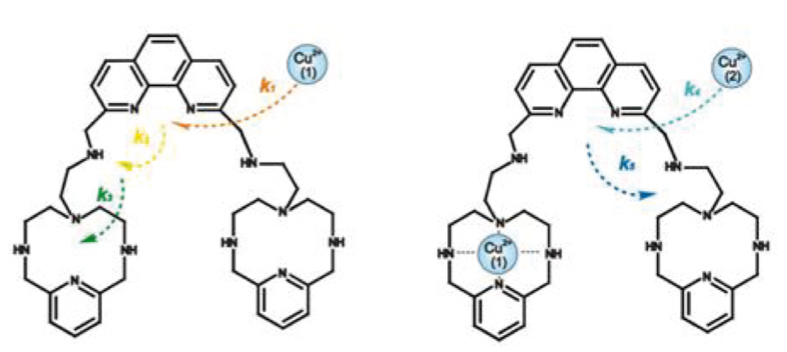
2012
9. Kinetics of Zn(II) complexation by a ditopic phenanthroline aza-macrocyclic scorpiand-like receptor. Chemical Communications, 2012, 48, 1994-1996.
DOI: 10.1039/C2CC16831F
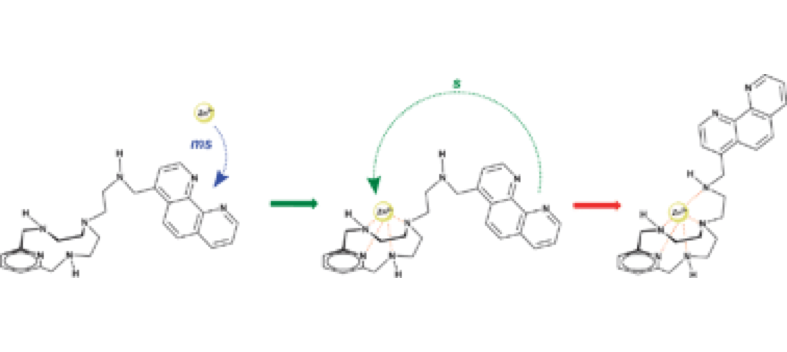
2011
8. Receptors for nucleotides. Book Chapter in Supramolecular Chemistry: from molecules to nanomaterials. E. García-España, A. Bianchi, J. Gonzalez, R. Belda & J. Pitarch; Wiley-VCH (2011), 1225-1258. ISBN: 978-0-470-74640-0
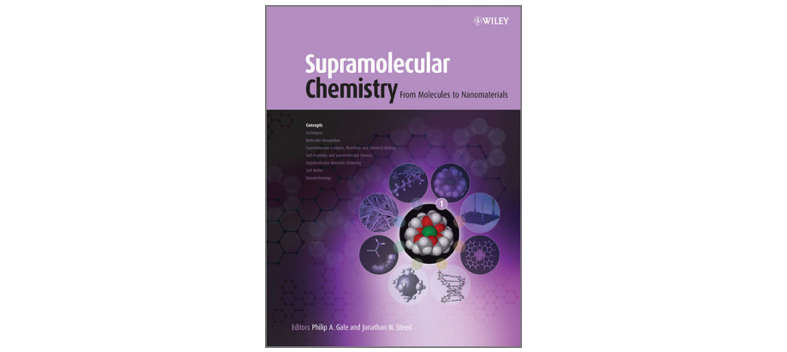
2010
7. Tritopic phenanthroline and pyridine tail-tied aza-scorpiands. Organic and Biomolecular Chemistry, 2010, 8, 2367-2376.
DOI: 10.1039/b927418a
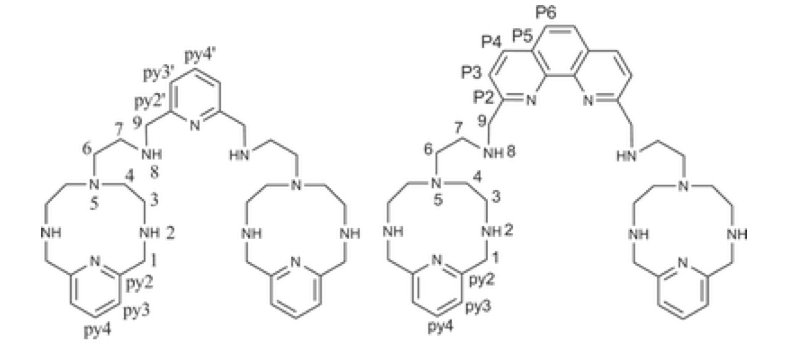
6. Synthesis and Cytotoxic Activity of a New Potential DNA Bisintercalator: 1,4-Bis{3-[N-(4-chlorobenzo[g]phthalazin-1-yl)aminopropyl]}piperazine. Bioorganic and Medicinal Chemistry, 2010, 18, 5301-5309.
DOI: 10.1016/j.bmc.2010.05.053
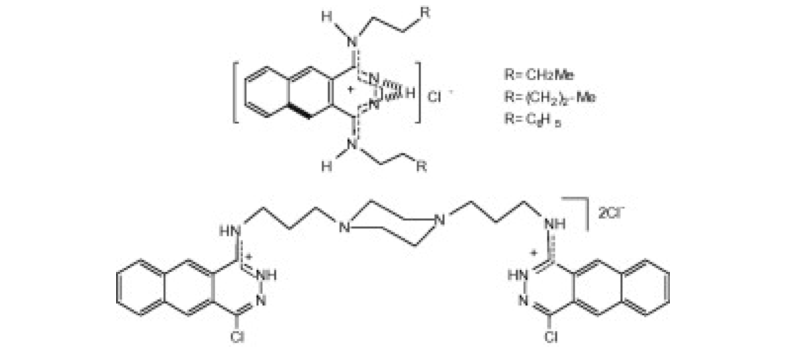
5. Structural reorganisations in polytopic receptors revealed by kinetic studies. Chemical Communications, 2010, 46, 6081-6083.
DOI: 10.1039/C0CC01393E
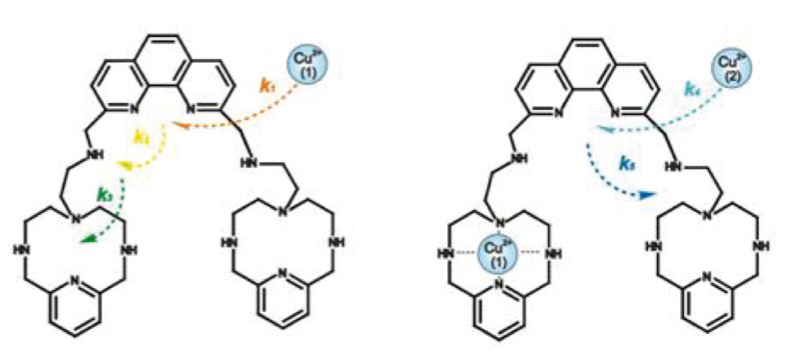
4. Squaramide-based reagent for selective chromogenic sensing of Cu(II) through a zwitterions radical. Organic Letters, 2010, 12, 3840-3843.
DOI: 10.1021/ol101514y
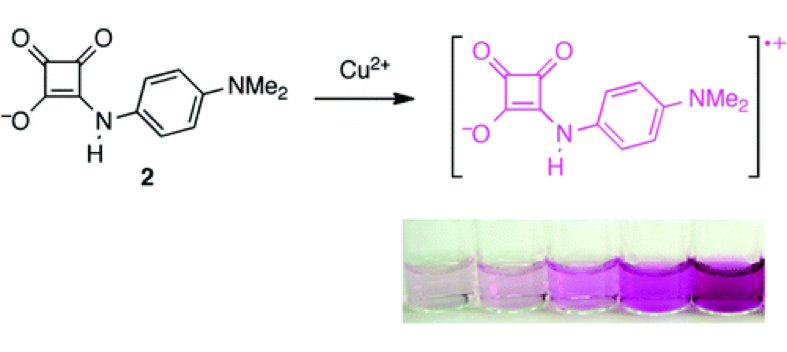
2008
3. Synthesis, coordination properties of an azamacrocyclic Zn(II) chemosensor complexes containing pendent methylnaphthyl groups. Dalton Transactions, 2008, 6530-6538.
DOI: 10.1039/B808993K
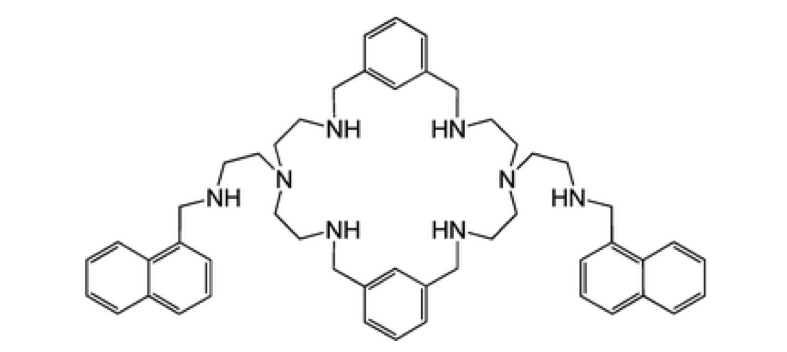
2. CO2 fixation and activation by the Cu(II) complexes of 5,5’’-terpyridinophane Macrocycles. European Journal of Inorganic Chemistry, 2008, 1, 84-97.
DOI: 10.1002/ejic.200700767
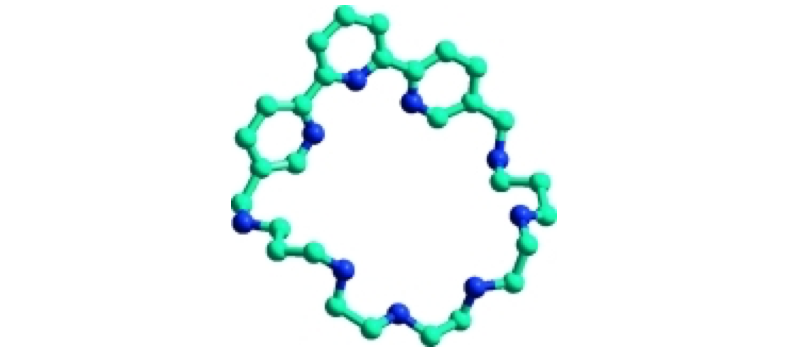
2007
- Hydrogen and copper ion-induced molecular reorganisations in scorpiand-like ligands. A potentiometric, mechanistic and solid-state study. Inorganic Chemistry, 2007, 46, 5707-5719.
DOI: 10.1021/ic700643n
